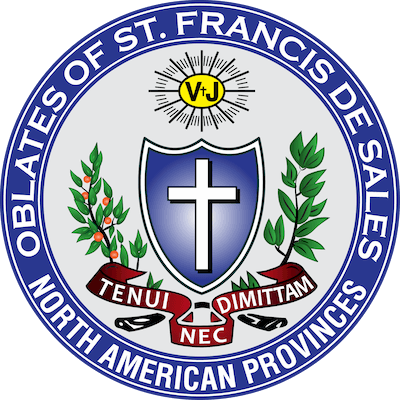The Church celebrated the Feast of St. Nicholas on December 6th.
On the feast of St. Nicholas, I was reminded of the ongoing debate regarding the role of Santa Claus at Christmas. Some Christians feel Santa takes away from the religious message of the Incarnation. They downplay his impact on children or refuse to acknowledge his cultural influence. For Catholics, St. Nicholas is a member of the Communion of Saints who incarnates the spirit of Christmas. Santa communicates the truth of God’s love and imitates God’s goodness and generosity. There are dozens of debates on the internet discussing the reality of Santa Claus and the way Christians should relate to him.
The conversation about Father Christmas and his place in society did not start with contemporary culture. In 1897, the New York Sun published a famous editorial entitled, “Yes, Virginia, there is a Santa Claus.” This article caused a sensation and bolstered belief in the mythical man from the North Pole. Fifty years later, the film “Miracle on 34th Street” defended the existence of jolly, old St. Nicholas. The film begins with the image of an elderly, bearded old man walking the streets of present-day New York City. From that first scene, the message is clear – Santa Claus is alive and walking among us. Kris Kringle eventually gets a job in the toy department at Macy’s, but the bosses begin to question his sanity and Mr. Kringle must prove to the courts that he is sane.
The film’s leading man, Fred Gailey, explains to his girlfriend, Doris: “It’s not just Kris that’s on trial - it’s everything he stands for: it’s kindness, joy, love, and all the intangibles.” Doris explains: “Fred, we’re living in the real world. Those lovely intangibles aren’t worth much. Fred replies, “Someday, you’re going to find out that your way of facing the world just doesn’t work. When you do, don’t overlook those intangibles. You’ll discover they’re the only things that are worthwhile.” The film shows how the “tangibles” that Doris discussed (wealth, power, success) never truly satisfy.
For Christians, it is only in God that we find true satisfaction. St. Augustine tells us that “our hearts are restless” until they rest in God (Confessions). St. Francis de Sales calls this resting in God the “love of complacency.” De Sales explains that: “God is the God of our heart by this complacency since our heart embraces God and makes Him its own (Treatise on the Love of God, ch 5).” As believers, we not only recognize, but we embrace the “intangibles” of life. St. Paul teaches that “we walk by faith, not by sight (2 Corinthians 5:7).” St. Francis de Sales recognized that true love of God is made tangible through our love of neighbor. He tells us that “if we walk steadily and faithfully...God will lift us up to greater things (Treatise).”
Over 125 years ago, the editor of the New York Sun summarized the essence of Santa Claus: “He exists as certainly as love and generosity and devotion exist, and you know that they abound and give to our life its highest beauty and joy.” During these wonder-filled days of Advent we pray “that Christ may dwell in our hearts …rooted and grounded in love, so we may know the love of Christ that surpasses knowledge, and be filled with the fullness of God (Ephesians 3:17).” This is a beautiful description of the communion of saints – our brothers and sisters “filled with the fullness of God.” Nicholas is one of our companions walking with us to Christmas and helping the world to see, as Mother Mary de Sales said: “the Savior walking on earth today.”
Fr. Jack Kolodziej, OSFS
Provincial
Wilmington-Philadelphia Province






